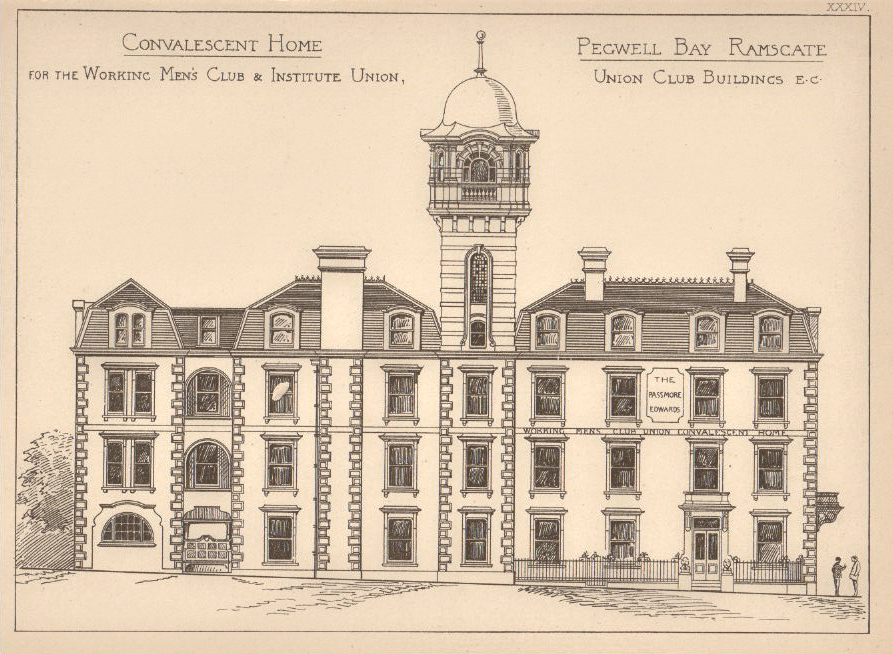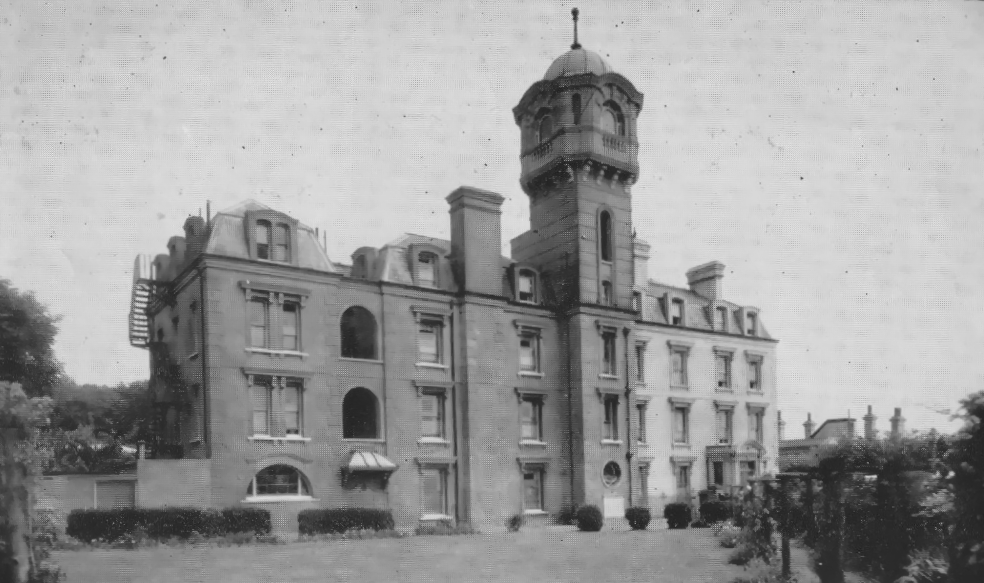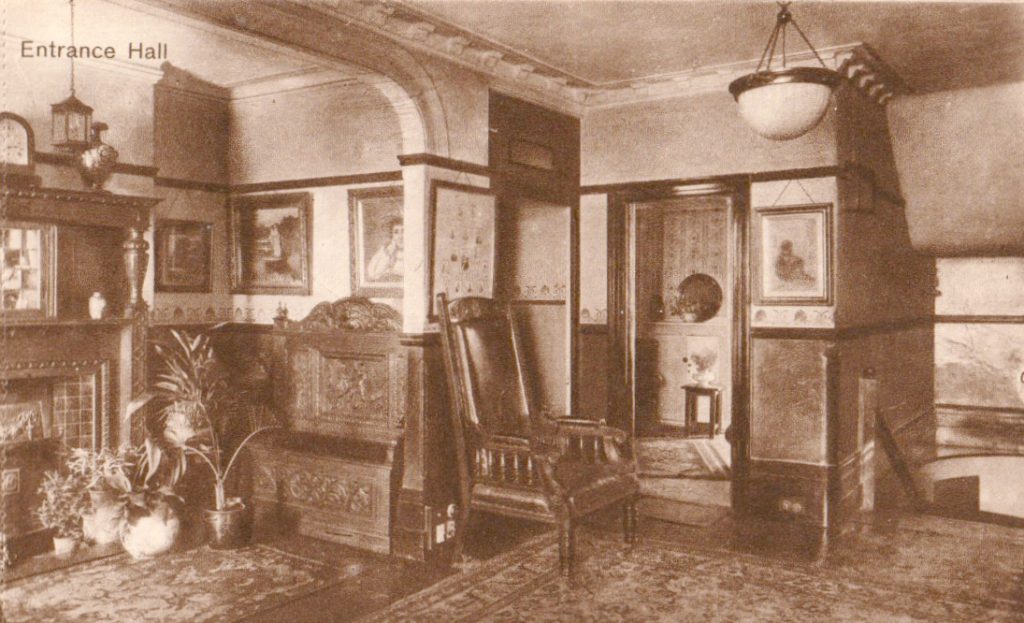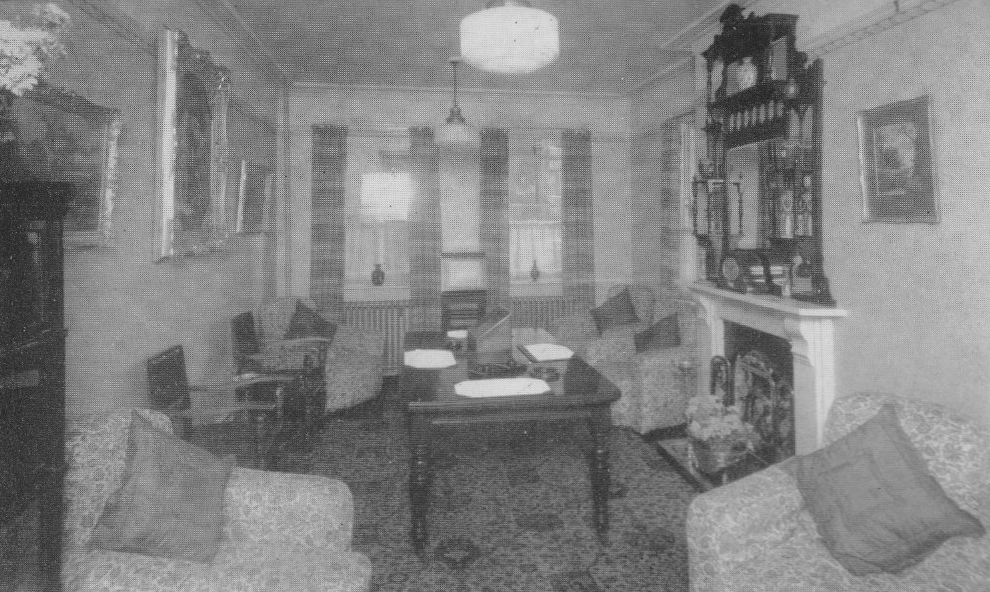“It seemed as if countless centuries had been preparing the place for its purpose, and that some wise light had guided our footsteps there”.
A visitor to Pegwell Bay Convalescent Home.

History
The history of the Workingmen’s Club and Institute Union parallels that of the trade union movement in Britain. Though employment legislation had increased both wages and leisure time there was little opportunity to use the increased leisure time in a positive way. There was nowhere the working classes could meet, other than the public house, and little opportunity to improve their lives through education. Lord Broughton had already given support to Mechanics’ Institutes, founded by Dr Birkbeck, but men wanted somewhere to relax and develop new friendships, not just follow a hard days work with an evening at school. Whilst the Rev Henry Sully, a Unitarian, was the founder of the Club and Institute Union, it was Hodgson Pratt, the peace activist and another Unitarian, who made it work. The Union, formed to support and consolidate the workingmen’s social clubs that were beginning to form throughout the country, was established in 1862 at an inaugural meeting funded by Lord Brougham and who became the first President. In 1865 Hodgson Pratt was elected to the Council and in 1869 he became chairman of the Executive Committee. Sully, who was against permitting smoking and the sale alcohol in the clubs resigned in 1867.
As far back as 1878 the Union’s Council attempted to provide a Seaside Home for members and families. A large house at Margate was leased and converted to accommodate members and their families, at 3s 6d a week for a bed or 6s 6d for a family room. But the cost of maintaining the home throughout the year, whilst the home was used only during the summer months, led to increasing debts and closure after only two years.
In February 1892, the Council tried again, resolving to ‘take into consideration the advisability of a Convalescent Home, and that a committee be appointed for the purpose of drawing up a scheme’. The appointed committee produced a very modest scheme, estimating an annual cost of £600 a year and subscriptions from the clubs varying from one to four guineas, but there was little support from the individual clubs and the proposals fell flat.
Passmore Edwards was very supportive of the Workingmen’s Clubs movement, attending the Union’s AGM as early as 1881. When he funded the Perranporth Convalescent Home, in 1892, Pratt made him aware of the Union’s aims and in June 1893, reported back to B T Hall, Secretary of the Union, that Edwards would like to see a deputation on the matter. After hearing of the Union’s plans and receiving assurances that that the Union would guarantee to keep a home going Edwards brought the meeting to a conclusion with ‘very well, go and find your site, and I will buy it, and build you a home on it’.
The Pegwell Home
The search for a suitable site proved a difficult a task and it was Passmore Edwards, who in May 1894 informed them that he had purchased a disused hotel and grounds at Pegwell Bay, in Kent, which he thought would suit their purposes. In fact on inspection by the Secretary it was found that the builders and decorators were already on site and the was conversion almost complete. All that was left to do was to provide the furnishings and appoint staff.
An urgent appeal for funds to furnish the Home raised £250 in two months, clubs or individuals being asked for £5 and for which the name of the donor would be fixed over the door of a room within the Home.
On the August Bank holiday of 1894 Passmore Edwards opened the Pegwell Home, in the presence of Hodgson Pratt, the Mayor of Ramsgate, Alderman Blackburn, and 600 Club members who cheerily braved the typical Bank Holiday stormy weather.

The Pegwell Home 
The Entrance hall 
Sitting Room
From that stormy start the Home was an immediate success. As each resident returned to his club he told of its charms and its fame spread far and wide. Excursions organised by the Committee took tens of thousands of men from the London clubs to Pegwell for the day. The Home opened to accommodate 32 members, but within a couple of years it was clear that an extension would be required, even though there were no funds available at that time.
An appeal went out to the clubs and, on the advice of Passmore Edwards, who suggested adding a central tower and provided £500 towards it, Maurice Adams was engaged to prepare drawings. Bedrooms with bathrooms were added, and communal wash rooms on each floor, an arrangement said to be ‘of great economy and infinitely more satisfactory to residents’. Initially residents needed to wash in the bedrooms,
Altogether the first extension cost £6,471, of which the tower accounted for £1,200, and a further £600 was required for furnishings. Eleanor Edwards laid the foundation stone on 10 July 1897 and just 12 months later, on 2 July 1898, her husband opened the new wing, raising the accommodation to 62. The response of the clubs to the debt created from the building works was enormous and it was cleared by 1905 when the committee again met to consider further expansion.
The next project was to demolish and replace the wing on the terrace and this was opened on Easter Monday, 1906. Finally, building works were completed in 1914, when a wing was added to the bedroom block, bringing the accommodation to 72, and a cafe opposite the main entrance was purchased and pulled down to make room for a small bowling green and garden.
In January 1919, Herbert Samuel Boyland, who had worked as superintendent of the Home since the opening in 1894, passed away suddenly at the age of 58. The service that he and his wife, the Matron, had given to the Home had won the affection of thousands and their testaments appeared on club notice boards across the country. Mrs Boyland continued in her post for a further 8 years before retiring after 33 years service.
One of the workingmen who stayed at teh home was Ernest Jones, born around 1877 in Birmingham. After serving in both the RNAS and the RAF repairing the early aeroplanes he settled down in Willesdon with his wife Emily, working at a local radiator factory. In early 1925 he was taken ill and admitted to the Passmore Edwards hospital. He was found to be suffering from cancer and was discharged but as a member of the Workingmen’s Club he was entitled to a stay at the Pegwell Home. Ernest was at Pegwell Bay in July and wrote home that he felt well enough to take the tram for a trip to Broadstairs. However his improvement was short lived and he died a few months later.
Postcards
It became a custom at both the Pegwell Home and the Railwaymen’s home at Herne Bay for photographs to be taken of the homes and of the regular turnaround of patients who attended them. These were available to the patients to send home to their families and friends. Examples of these postcards can be found on ebay and many, found amongst a deceased relative’s belongings, have been sent to me with a few details of the family member. Unfortunately the Union has no records of who stayed at the home and these postcards are the only links we have to their lives.
Current Use
The Pegwell Bay Home continued under the WMCIU control until 1969, when, after suffering flood damage, it was decided that repairs would be too costly and the building was sold and converted back to a Hotel, Operating as the Pegwell Bay Hotel, in 2010 the hotel offered 42 ensuite rooms.